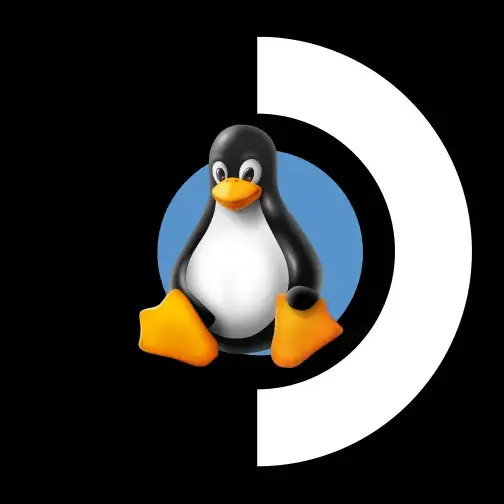

Would be interesting to see this from a pentester’s perspective. But it sounds pretty annoying to find flaws that only occur in a small percentage of cases - and need very long time to run (compared to e.g. SQL injection attacks).


Would be interesting to see this from a pentester’s perspective. But it sounds pretty annoying to find flaws that only occur in a small percentage of cases - and need very long time to run (compared to e.g. SQL injection attacks).


The maintainers of the big web browsers have pretty strict rules for CAs in this list. If any one of them gets caught issuing only one certificate maliciously, they are out of business.
And all CAs are required to publish each certificate in multiple public, cryptographically signed ledgers.
Sure, there is a history of CAs issuing certificates to people that shouldn’t have them (e.g. for espionage), but that is almost impossible now.


For 3 more months or so, you can’t buy them in april 2026 anymore


Short lifespans are also great when domains change their owner. With a 3 year lifespan, the old owner could possibly still read traffic for a few more years.
When the lifespan ist just 30-90 days, that risk is significatly reduced.


No, these are completely separate issues.
This is just one example why we have certificate transparency. Revocation wouldn’t be useful if it isn’t even known which certificates need revocation.
The National Informatics Centre (NIC) of India, a subordinate CA of the Indian Controller of Certifying Authorities (India CCA), issues rogue certificates for Google and Yahoo domains. NIC claims that their issuance process was compromised and that only four certificates were misissued. However, Google is aware of misissued certificates not reported by NIC, so it can only be assumed that the scope of the breach is unknown.


There are some nameserver providers that have an API.
When you register a domain, you can choose which nameserver you like. There are nameservers that work with certbot, choose one that does.


The only disadvantage I see is that all my personal subdomains (e.g. immich.name.com and jellyfin) are forever stored in a public location. I wouldn’t call it a privacy nightmare, yet it isn’t optimal.
There are two workarounds:


The best approach for securing our CA system is the “certificate transparency log”. All issued certificates must be stored in separate, public location. Browsers do not accept certificates that are not there.
This makes it impossible for malicious actors to silently create certificates. They would leave traces.


The “accepted anwer” feature seems very nice, i would love to see this implemented in other fediverse projects too.


That approach uses virtual machines. While that is possible (otherwise we wouldn’t see it), it is probably not really optimized for gaming.
Wine / Proton / Box64 (already used for gaming on android) is using translation layers, not a full virtual machine.


It is, but my assumption is that ARM-based linux and ARM-based android require a different codebase.
I’m not a dev though, maybe I’m wrong and it’s easier than I thought.


I’d imagine that once the mobile walled garden ecosystems are fully opened up, we should look for the debut of Android and iOS Steam clients. Let’s see how that pans out in 2026…
That seems a bit too optimistic IMO. While it is possible to run PC games on a phone, a fully functional Steam client would still be quite a surprise.


The title of this post is not the title of the linked blog post:
Bloody Wolf: A Blunt Crowbar Threat To Justice
Since late June 2025, Group-IB analysts observed a surge in spear-phishing emails across Central Asia. The attackers impersonate government agencies to gain the trust of their victims. This blog describes the techniques, tools and ongoing activity of the threat group known as Bloody Wolf.
Current Plasma is still aupported until 2032 or so, so there are still a few years to close the gaps.
Is there anything in particular that you miss?
I think its a completely different use case. MobaXterm is a fancy ssh/rdp tool with some extra features, while rustdesk is an alternative to teamviewer or anydesk - tools for remote support.
Disclaimer: I haven’t used rustdesk yet, I have no need for this use case.


Yeah, luckily only half the web was affected


the industry should discuss what can be done not only to become more independent from China, but also from the USA and the major technology companies, Merz is further quoted as saying.
I rarely agree witz Merz, but this is an exception. Emphasis is mine.


It‘s a 6-core CPU, with a 35 watt TDP. It will not be able to compete with a 7900X with 12 cores and a 5 times higher TDP - and not with a 7600X with 8 cores and 105W TDP.
Still, that’s absolutely fine for gaming.
It will run on Steam OS like the steam deck is.
If you have troubles with its protections (like the non-writeable system partition), you can just disable them.
It’s amazing how the Wine developers still care for compatibility with older games. Oblivion is just a few months away from its 20th birthday.